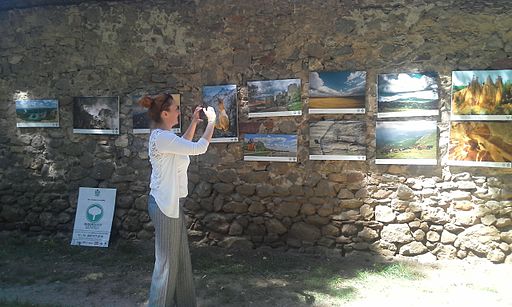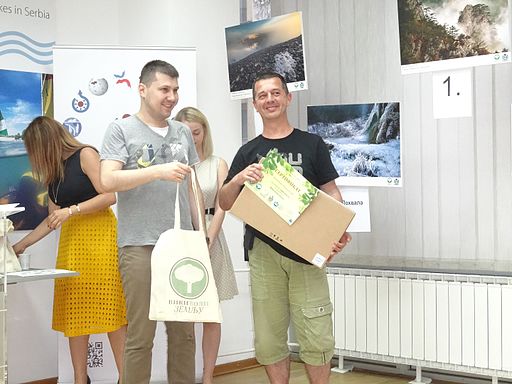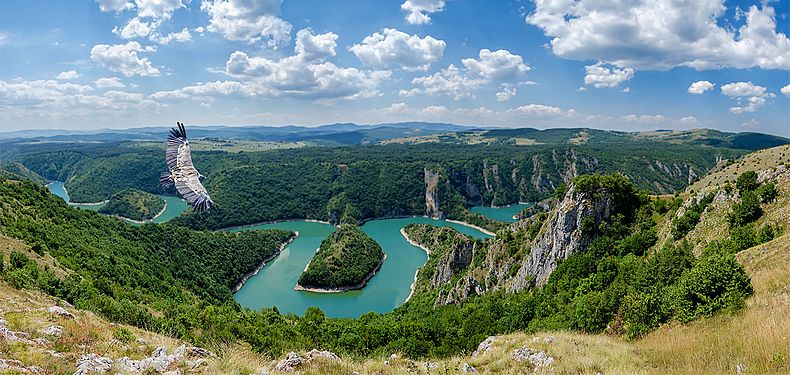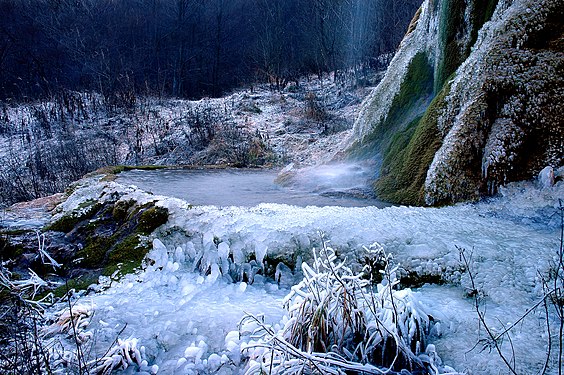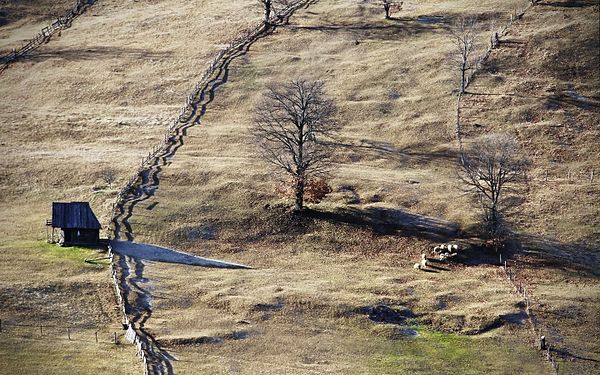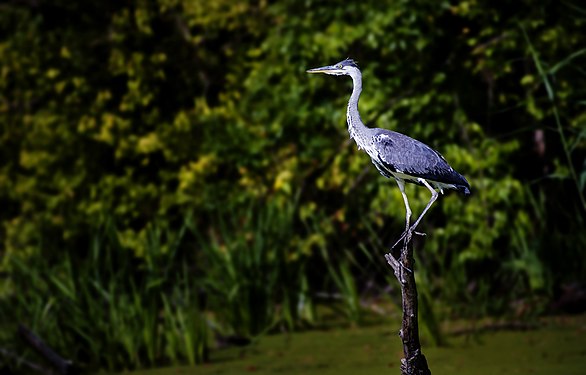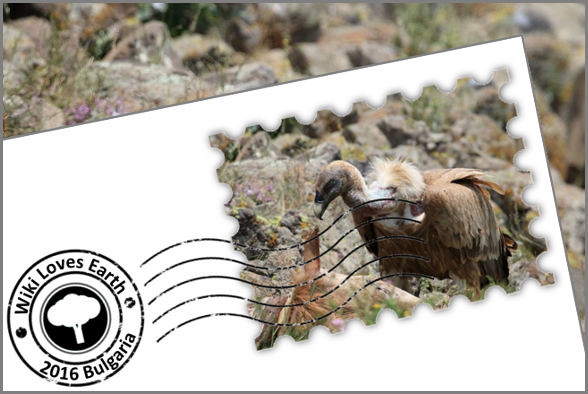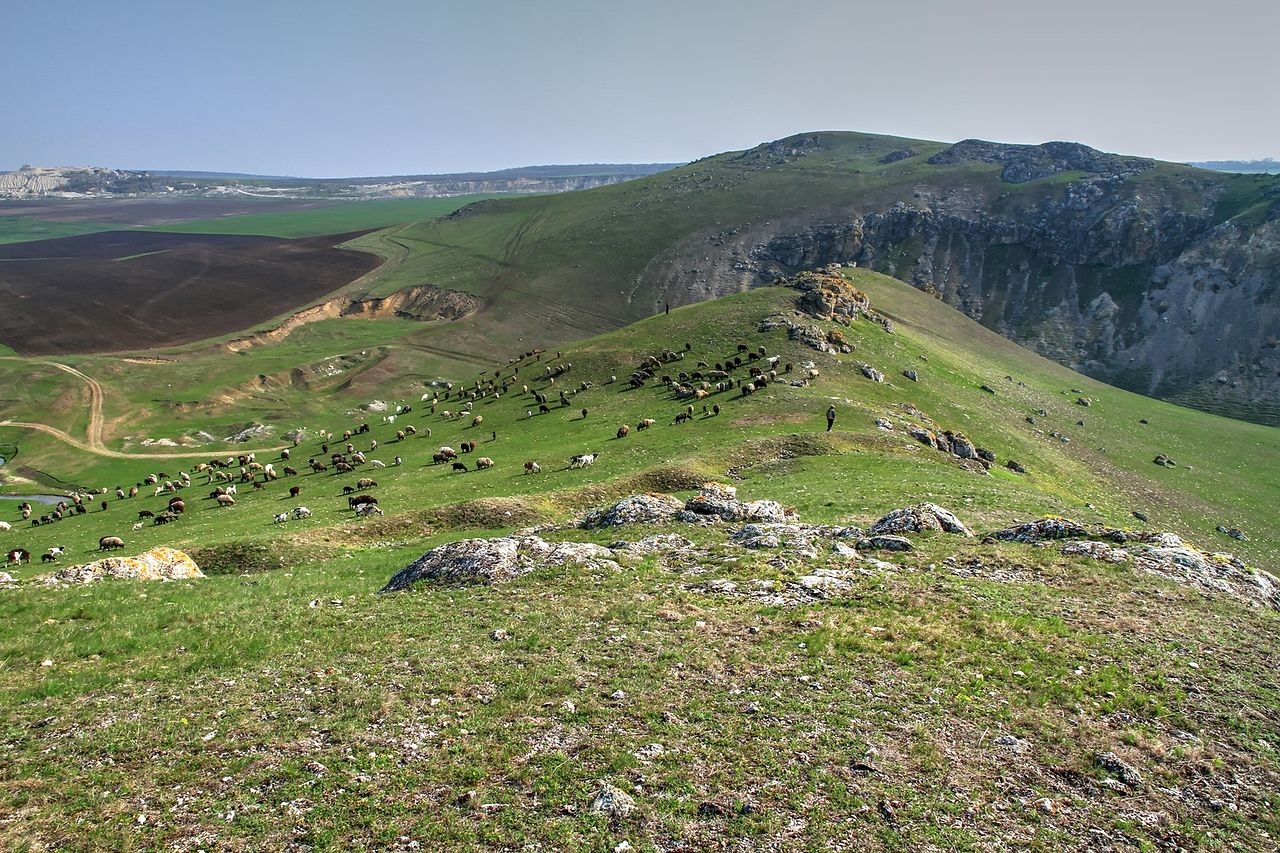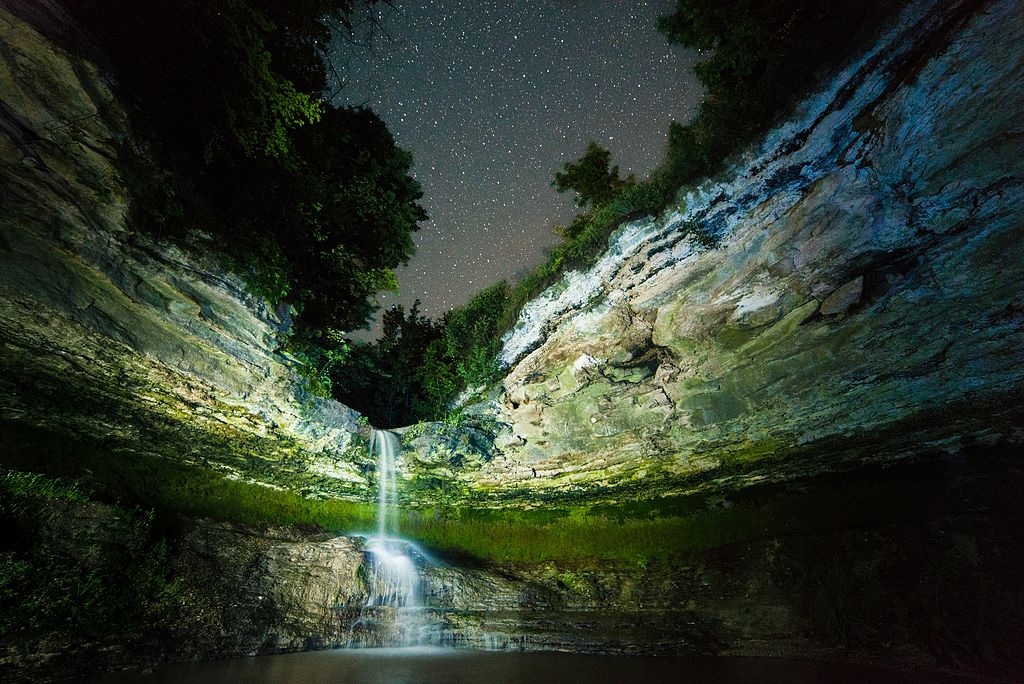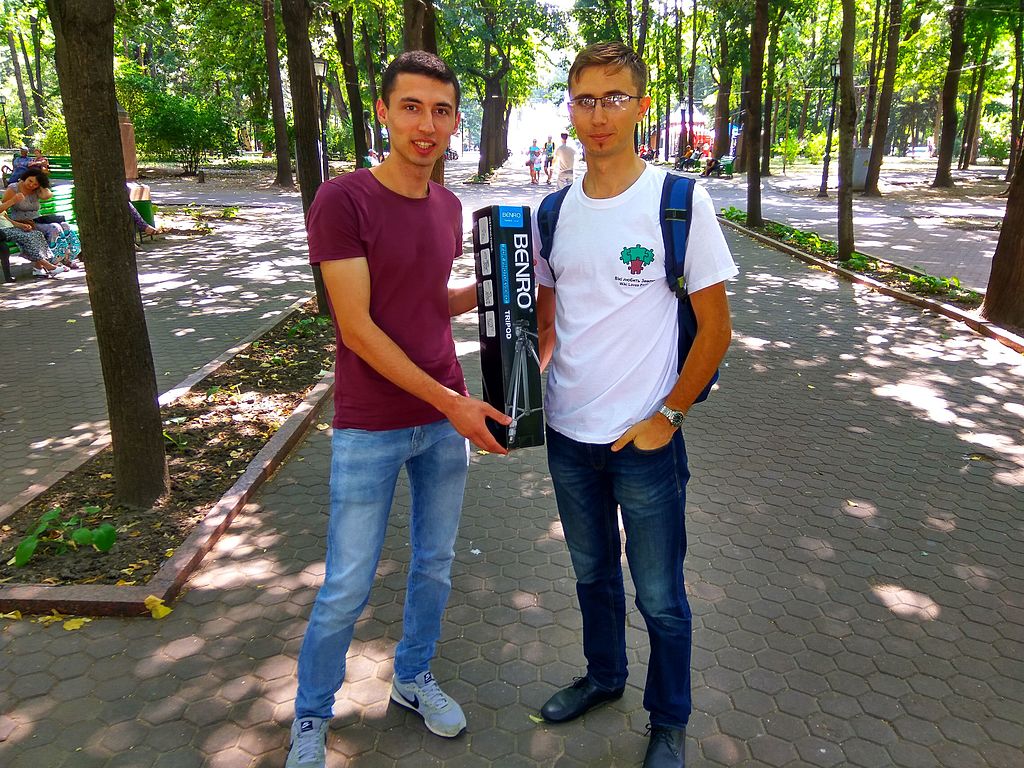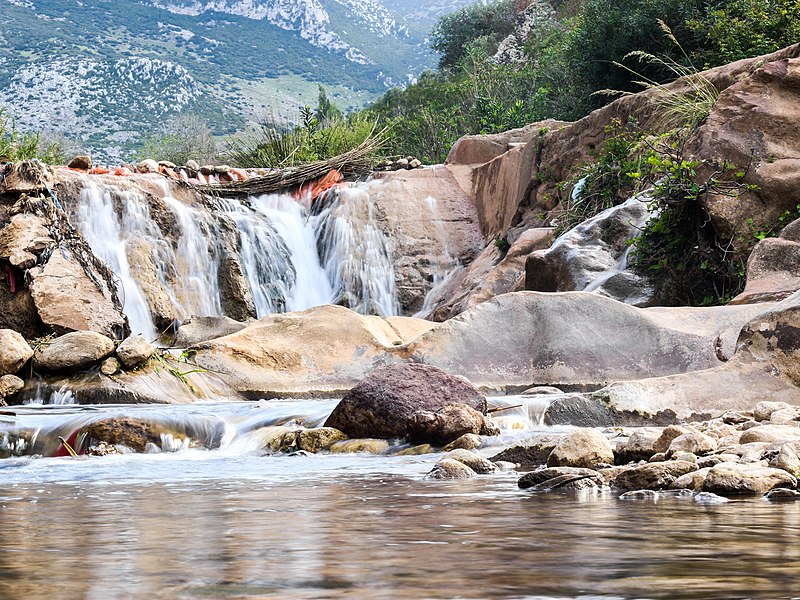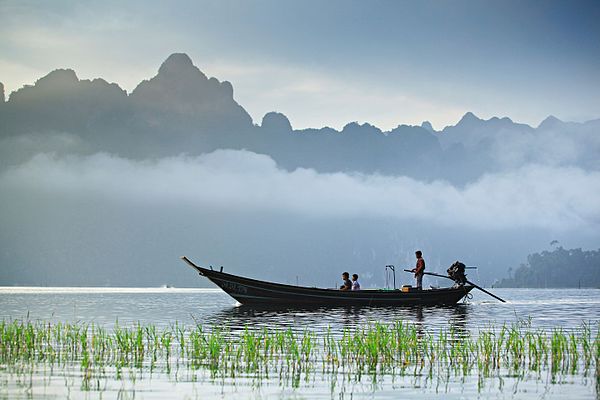This year, nine of the Central and Eastern European countries are organizing the national stages of the international photo competition “Wiki Loves Earth“. Six of them are right now in the middle of the one-month contest period, which traditionally starts on 1 May, for one country – Moldova – it starts on 15 May, and the last two – Bulgaria and Georgia – opted to carry out the contest during June.
Although a photo contest, “Wiki Loves Earth” blends well together with the regional article writing contest “CEE Spring”, where one of the categories in each country’s article lists is dedicated to nature and geography. Pictures uploaded to Wikimedia Commons for the photo competition can easily contribute to making these articles better illustrated, both locally and crosswiki. The countries that opted to organize their national stages of WLE in May are Azerbaijan, Greece, Latvia, Russia, Serbia and the WLE inventor Ukraine.

Azerbaijan participates in this year’s CEE Spring lists with 37 articles on nature or geography, including the overview articles about “National parks of Azerbaijan” (and 5 national parks) and “State reserves of Azerbaijan” (and 12 out of 15 reserves). 19% of their proposed articles are covered in the rest CEE languages, with Georgian, Russian and Ukrainian having all or almost all of them! The most translated articles across CEE are those about all national parks and the Zangezur National Park, with 11 versions of Wikipedia containing each of them. In the meanwhile, the Azerbaijani WLE page shows all these national parks, state reserves and sanctuaries in a beautiful physical map. The 116 images uploaded so far in the photo competition have been contributed by 14 photographers. Only one of these fresh images has been used in the local version of Wikipedia – and maybe the CEE community can help a bit to change this! 🙂 Continue reading “How Wiki Loves Earth goes in CEE countries”

















